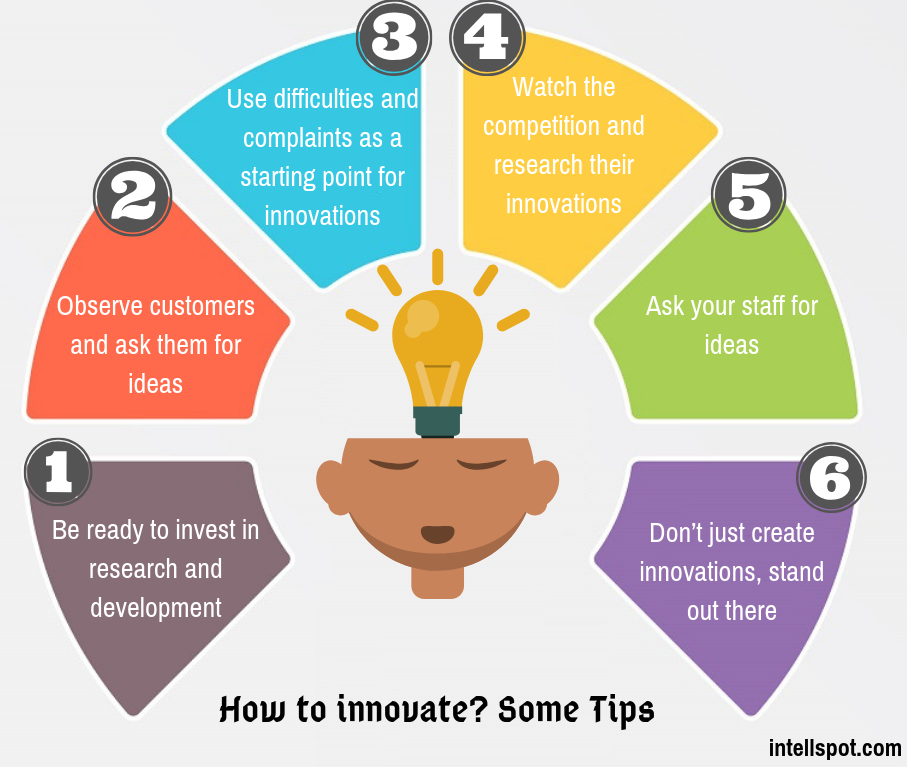Effective strategic planning is crucial for organizations looking to achieve sustainable success. It involves defining goals, determining the best course of action, and aligning resources and efforts towards those goals. This article explores the key elements of strategic planning and provides valuable insights on how to create a robust and sustainable strategic plan for your organization.
The Importance of Strategic Planning
Strategic planning helps organizations determine their direction, make informed decisions, and adapt to changing market conditions. It provides a clear vision and enables management to allocate resources efficiently, minimizing risks and maximizing opportunities for growth.
Without a strategic plan, organizations may find themselves reactive rather than proactive, struggling to stay ahead of competitors or failing to capitalize on emerging trends and technologies.
Key Elements of Strategic Planning
To develop a robust strategic plan that ensures sustainable success, organizations should consider these key elements:
Mission and Vision: Clearly define the organization’s purpose and long-term aspirations. This provides a guiding framework for decision-making and goal-setting.
Situation Analysis: Conduct a comprehensive analysis of internal and external factors that may impact the organization’s performance. This includes evaluating the market, competitors, customer needs, and internal capabilities.
Goal Setting: Establish specific, measurable, achievable, relevant, and time-bound (SMART) goals that align with the organization’s mission and vision. These goals should be challenging yet attainable.
Strategy Development: Identify the most effective strategies to achieve the established goals. This may include market penetration, product development, diversification, or other strategies based on the organization’s unique circumstances.
Resource Allocation: Determine the allocation of resources required to implement the chosen strategies successfully. This includes financial resources, human capital, technology, and other necessary assets.
Execution and Monitoring: Implement the strategic plan and establish systems to monitor progress, track performance, and make necessary adjustments. Regular evaluation allows for continuous improvement.
Creating a Sustainable Strategic Plan
To ensure sustainability, organizations should consider the following strategies:
Embrace Innovation: Encourage a culture of innovation and continuous learning, enabling organizations to adapt to changing market dynamics and seize new opportunities.
Environmental Responsibility: Incorporate sustainable practices into the strategic plan, considering the environmental impact and actively seeking ways to reduce the organization’s carbon footprint.
Stakeholder Engagement: Involve key stakeholders in the strategic planning process to gain insights, foster collaboration, and ensure their interests are represented.
Flexibility and Agility: Design a plan that allows for flexibility and adaptability, enabling organizations to respond effectively to unforeseen challenges and capitalize on emerging trends.
Measurement and Evaluation: Implement performance metrics to measure the progress towards goals and regularly evaluate the effectiveness of the strategic plan. This allows for timely adjustments and improvements.
Conclusion
A well-crafted strategic plan serves as a roadmap for organizations, guiding them towards sustainable success. By considering the key elements of strategic planning and incorporating sustainability strategies, organizations can navigate the complexities of their environments and achieve long-term growth. It requires thoughtful analysis, proactive decision-making, and ongoing monitoring and evaluation. With a robust strategic plan in place, organizations are well-positioned to thrive in today’s rapidly changing business landscape.
